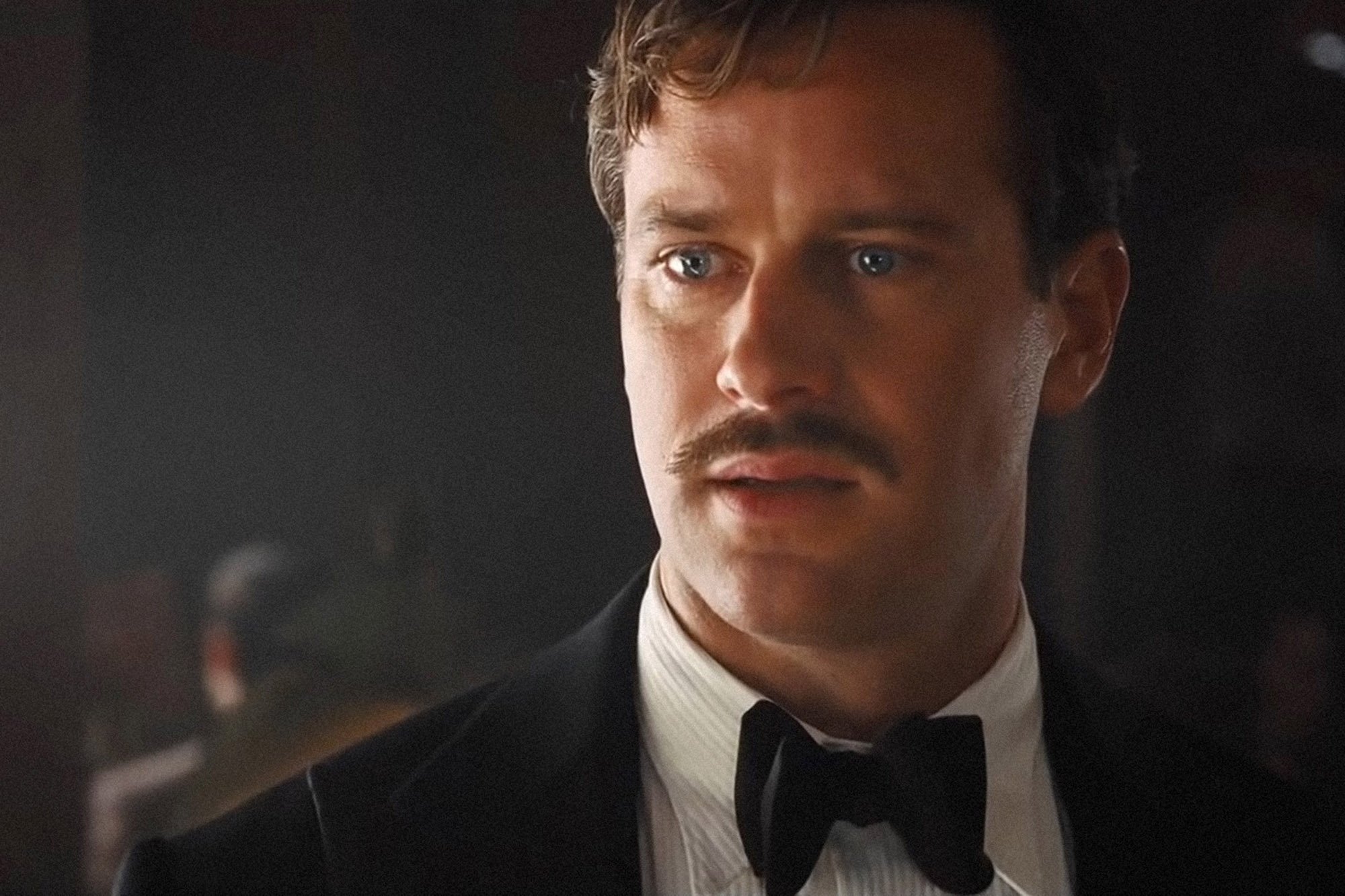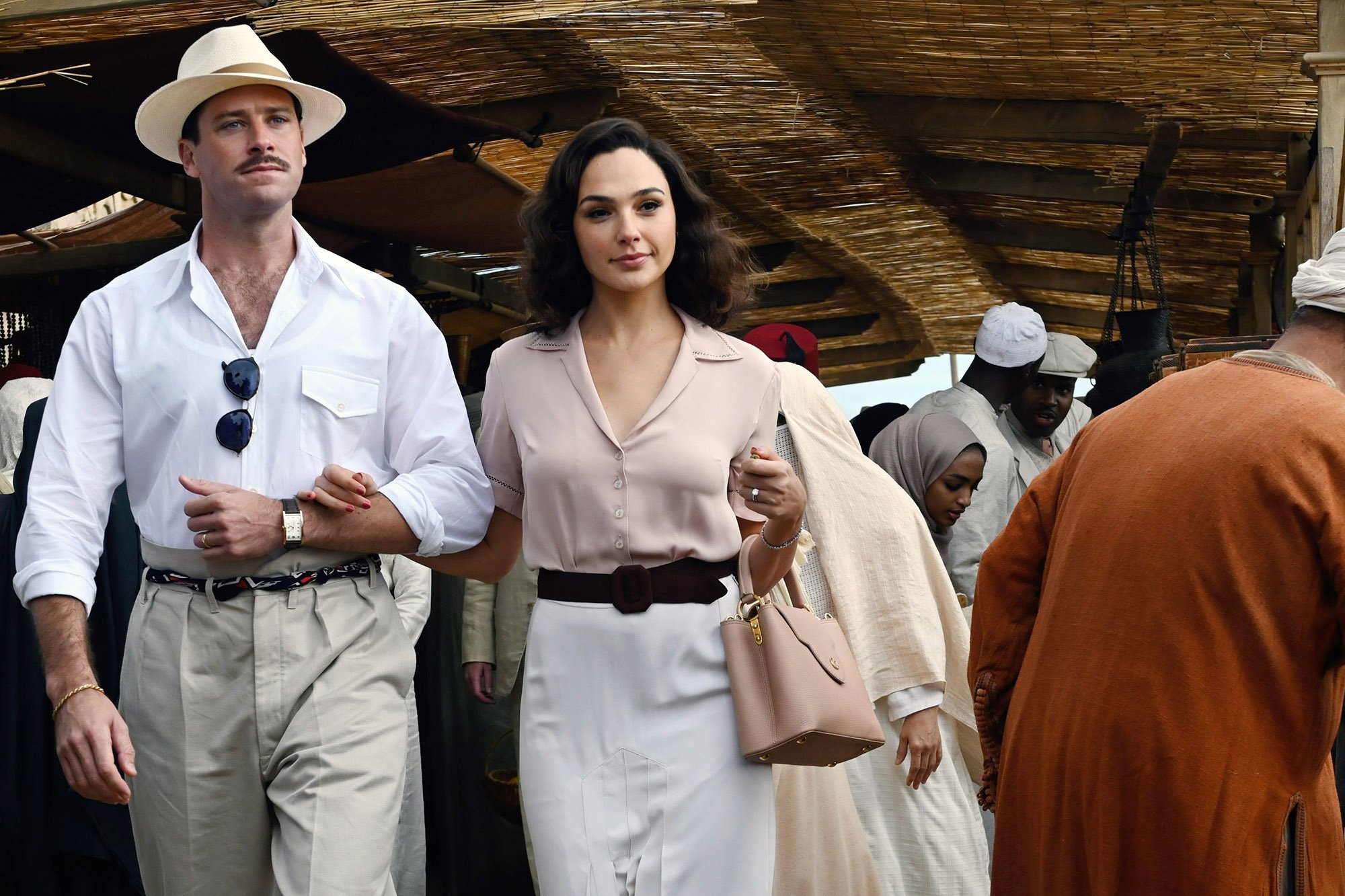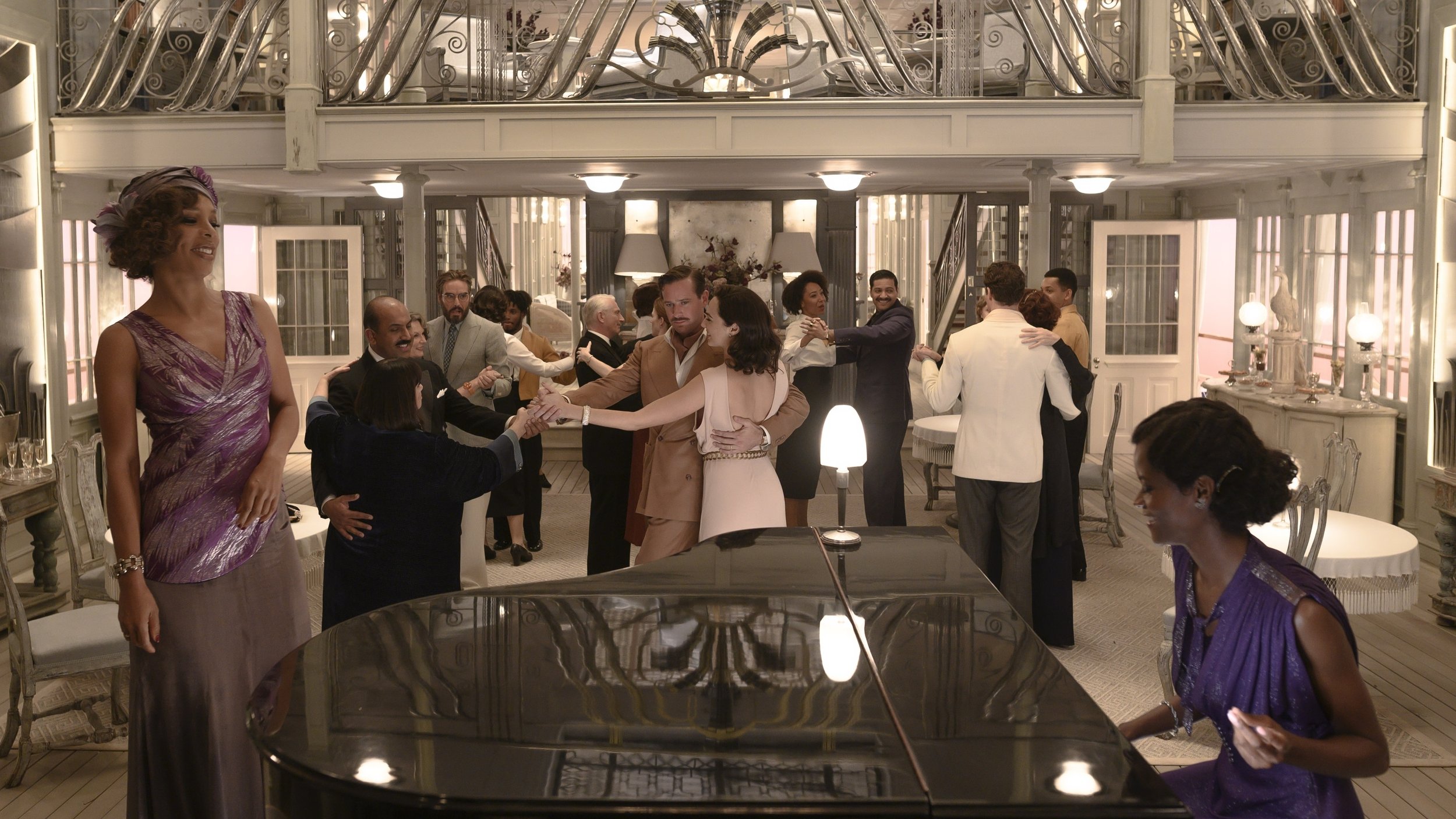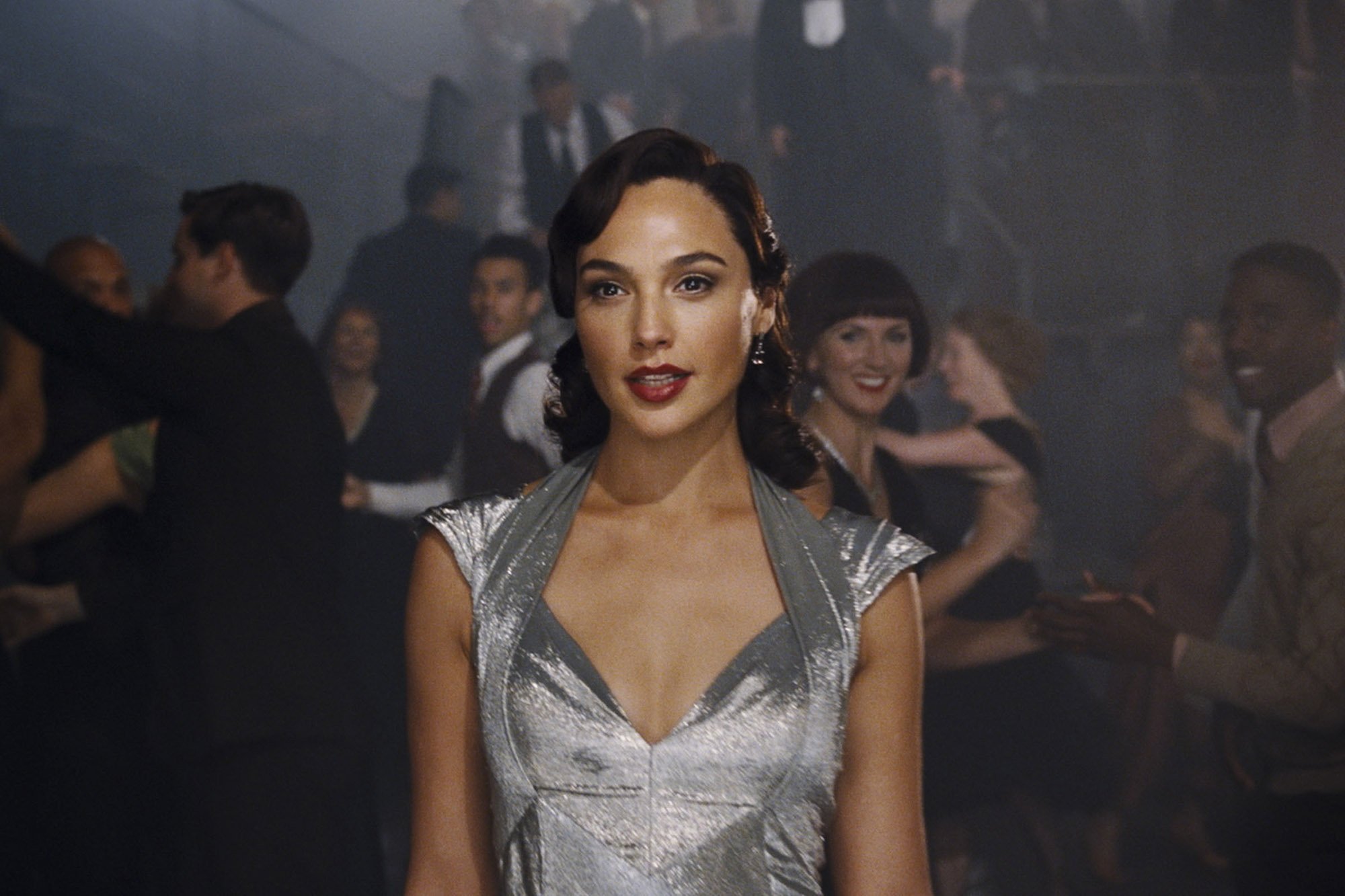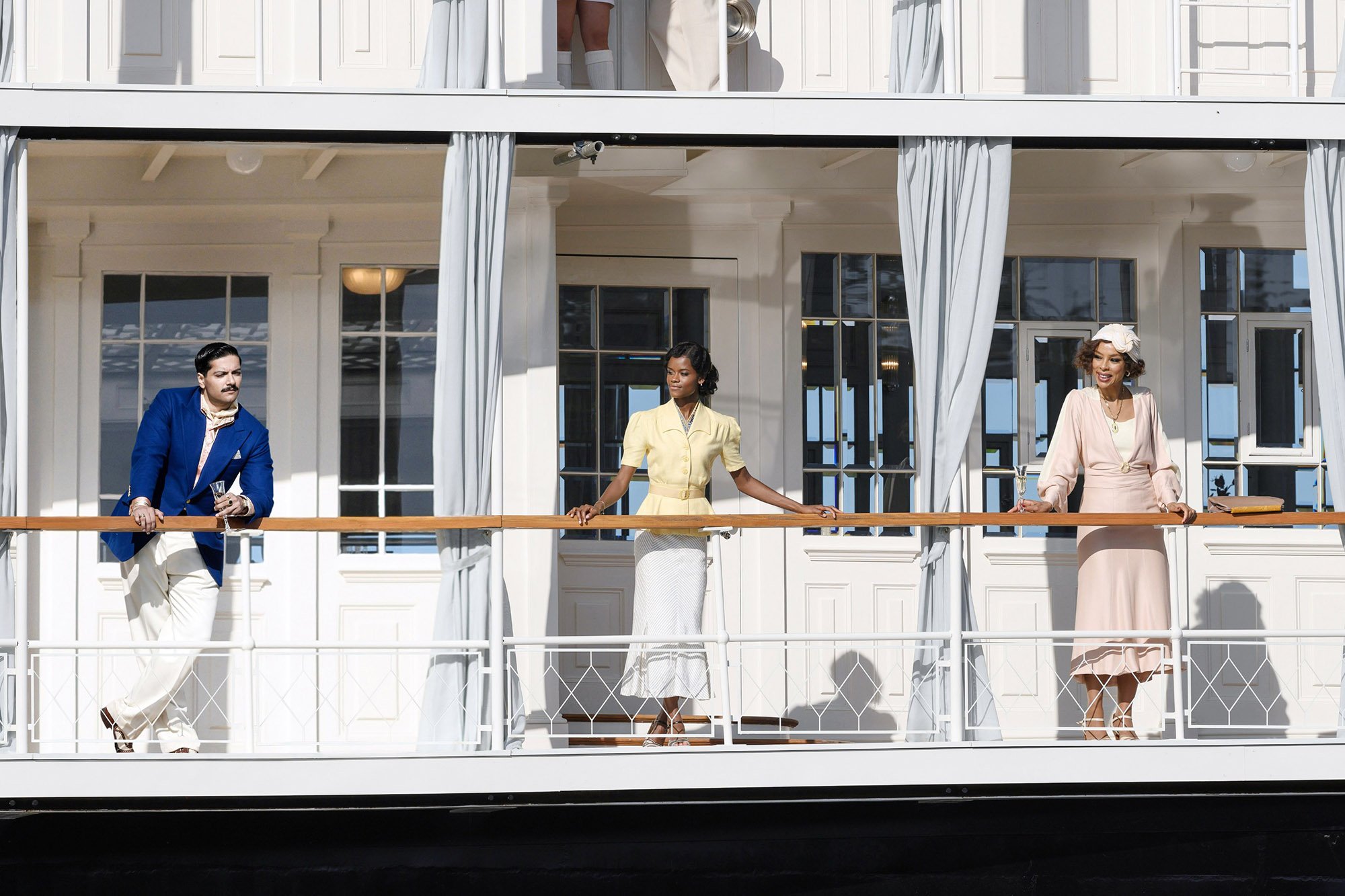Film Review- Death on the Nile
by Arnold Wayne Jones
More than a century after the publication of her first novel, Agatha Christie remains the best selling novelist of all time. Think about that: The only authors who are more widely read are Shakespeare (a playwright!) and God (the Bible… though maybe that should be classified under fiction as well). That’s a lot of wide-ranging appeal. On the other hand, popularity doesn’t always translate into brilliant writing. Christie’s skill was plotting more than characterization. Those who populate her novels tend to be types – chatty cousins, blustery retired soldiers, Bohemian young women, moustachioed Lotharios. They serve her stories more than they live in our imaginations.
Courtesy of 20th Century Studios
Her more than 50 full-length books featured her most famous detective, Hercule Poirot, 33 times, and even he was something of a cipher. Fussy, stout, ageing, he exuded sexual repression channeling his puritanism into nosiness. And in a series of films starting in the 1970s, usually starring Peter Ustinov, his pinched emptiness became a delightful vessel for scenery chewing and the flamboyant “I suppose you’re all wondering why I’ve called you here” reveal. It’s fun.
So fun, in fact, that one of my favorite popcorn movies has always been 1978’s Death on the Nile, with its portmanteau of former superstars (Bette Davis! Angela Lansbury! David Niven!) – a tour of Old Hollywood glamour with a satisfying conclusion and few consequences.
Alas, our society has changed. Despite how depressingly epidemic remakes have become, old-school entertainments usually must gesture toward justifying themselves by adding a post-modern veneer. And so Kenneth Branagh’s long-delayed remake of Death on the Nile, just in theaters, begins not with a juicy teaser to set up what’s to come, but a black-and-white prologue set decades earlier, in the trenches of The Great War in Europe, when a young soldier named Hercule uses his little gray cells to best the enemy and plan a wise military attack that nonetheless has a dire result. Those scenes explain Poirot’s celibacy, his outrageous whiskers and perhaps his hesitancy to solve the crime at the center of the story. It’s not just popcorn fun anymore … it’s meaningful.
Courtesy of 20th Century Studios
Don’t get me wrong: some of the many delights on this tour of the Nile are its dazzling costumes, its breathtaking landscapes, its glittering atmosphere and parade of beautiful stars. And anyway, most of the character work is foisted on Branagh himself, who not only directs but play Poirot (as he did in his last Christie remake, 2017’s Murder on the Orient Express), so he’s up for the challenge and happy to instill a little po-mo gravitas on this frothy confection, letting the updates imbue it with more relevance. While the novel was written and set in a much less woke decade, the changes reflect a 21st century mindset. The original cast was a lily white as an albino eating a mayonnaise sandwich on Wonder Bread during a blizzard, so retrofitting, for instance, Salome Otterbourne not as a boozy romance novelist as a black world-weary jazz guitarist seems wise and organic, while interracial and same-sex romantic entanglements reflect an unspoken reality of the era.
Courtesy of 20th Century Studios
And the cast turns out to deliver performances beyond their remit. Sophie Okonedo, as the aforementioned Otterbourne, has none of the drunken bravada brilliantly rendered in the original by Angela Lansbury, but replaces it with a thoughtful cynicism and air of mystery and menace. Annette Bening, always one of the screen’s most watchable actresses, embraces her role as a devious matriarch. The legendary British comedy team of Dawn French and Jennifer Saunders reunite with an unexpected divergence from the source material that nonetheless makes perfect sense, and would have even in the 1930s.
Courtesy of 20th Century Studios
Death on the Nile has always boasted one of Christie’s most serpentine yet satisfying solutions, and one concern I had going in was whether the screenwriters would pay proper homage to the source material or muck it up just to be unexpected. Without revealing any spoilers, I can attest that many of the changes in character and plot keep you guessing without while still offering a nostalgia tour of the elements that have always made Christie’s bubblegum prose enjoyable.
Don’t mistake the stylistic updates as a pretentious rejection of the novel. This is still a drawing room murder mystery with all the ridiculous melodrama you’ve come to expect, but its careful tailoring or the saggy parts presses vintage glam into familiar clothes.
Courtesy of 20th Century Studios




